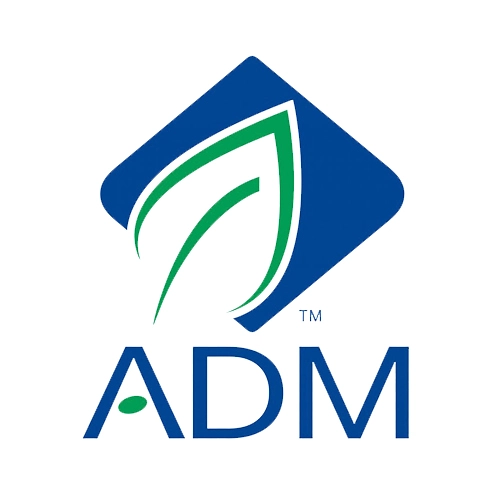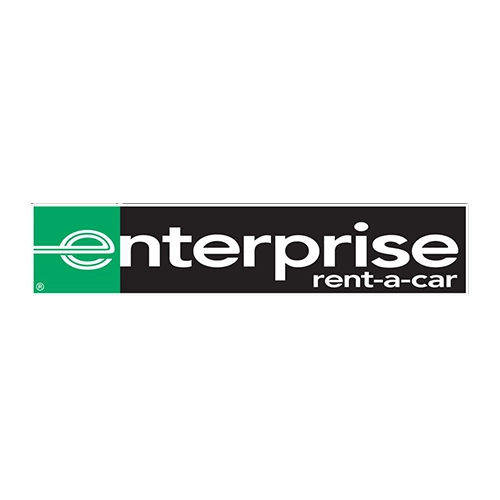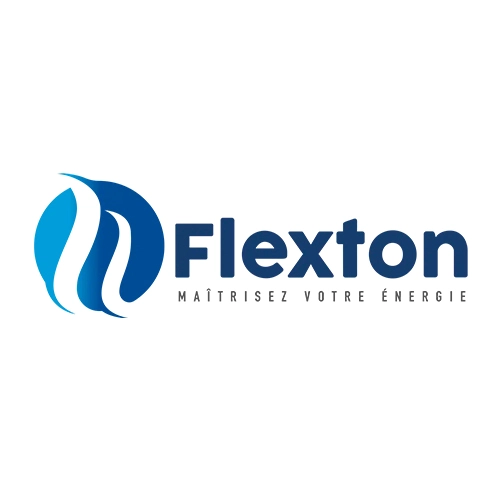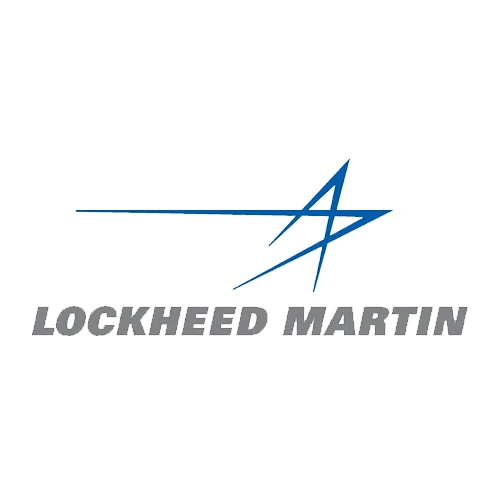
The Advantages of Solar-Powered Speed Signs
In the pursuit of more sustainable and eco-friendly solutions, solar-powered speed signs have emerged as an innovative approach to enhancing road safety. These signs combine the power of solar energy with the critical function of alerting drivers about their speed, contributing to safer roads, and reducing carbon emissions. In this article, we will explore the benefits of solar-powered speed signs and address frequently asked questions surrounding their functionality and advantages.
The Power of Solar-Powered Speed Signs
Solar-powered speed signs are equipped with solar panels that convert sunlight into energy, which is used to power the LED display and other components of the sign. These signs are strategically placed in areas with speed limits, school zones, construction sites, and other locations requiring speed awareness. By utilizing solar energy, they operate efficiently without relying on traditional power sources, making them both environmentally friendly and cost-effective.
Advantages of Solar-Powered Speed Signs
Eco-Friendly Operation: Solar-powered speed signs significantly reduce the carbon footprint associated with road safety measures. By utilizing renewable solar energy, these signs contribute to a greener environment and help combat climate change.
Energy Efficiency: Solar-powered signs operate independently of the electrical grid. They store excess solar energy in batteries, ensuring continuous operation even during cloudy days or nighttime. This energy efficiency translates to reliable functionality.
Cost Savings: While the initial investment for solar-powered speed signs might be higher, the long-term cost savings are substantial. These signs eliminate the need for constant electricity supply, lowering operational costs and maintenance expenses.
Easy Installation: Solar-powered speed signs are relatively easy to install compared to traditional signs that require wiring and electrical connections. This simplicity reduces installation time and associated costs.
Visibility and Safety: The LED displays on solar-powered speed signs are highly visible, even in varying weather conditions. This visibility ensures that drivers can easily read and respond to the displayed speed limits, enhancing road safety.
Versatility: Solar-powered speed signs can be installed in remote locations or areas without easy access to electricity. This versatility allows for their deployment in a wide range of settings, improving speed awareness in various environments.
Conclusion
Solar-powered speed signs represent a leap forward in sustainable road safety solutions. By harnessing the power of the sun, these signs provide essential speed awareness while contributing to a cleaner environment and cost savings. With their ability to operate independently of the electrical grid and their visibility in various conditions, solar-powered speed signs showcase the potential of technology to improve road safety while minimizing its impact on the planet. As communities embrace renewable energy solutions, the adoption of solar-powered speed signs becomes a step toward creating safer, more sustainable roadways.
FAQ’s
Q.1 How do solar-powered speed signs work at night or during cloudy days?
Ans: Solar-powered speed signs are equipped with batteries that store excess solar energy during sunny periods. This stored energy is used to power the LED display at night or during cloudy days, ensuring continuous operation.
Q.2 Are solar-powered speed signs suitable for all weather conditions?
Ans: Yes, solar-powered speed signs are designed to operate effectively in various weather conditions. The LED displays are designed to be visible in rain, snow, fog, and other adverse weather situations.
Q.3 How long do the batteries in solar-powered speed signs last?
Ans: The lifespan of the batteries can vary depending on factors such as battery quality, usage, and maintenance. Typically, solar-powered speed sign batteries can last several years before requiring replacement.
Q.4 Are solar-powered speed signs expensive to maintain?
Ans: No, solar-powered speed signs have lower maintenance costs compared to traditional signs. They do not require ongoing electricity costs, and maintenance is usually limited to occasional cleaning and checking battery health.
Q.5 Can solar-powered speed signs be integrated with other traffic management systems?
Ans: Yes, solar-powered speed signs can be integrated with various traffic management systems and smart city initiatives. They can communicate with central control centers to provide real-time data and enhance traffic flow.





















